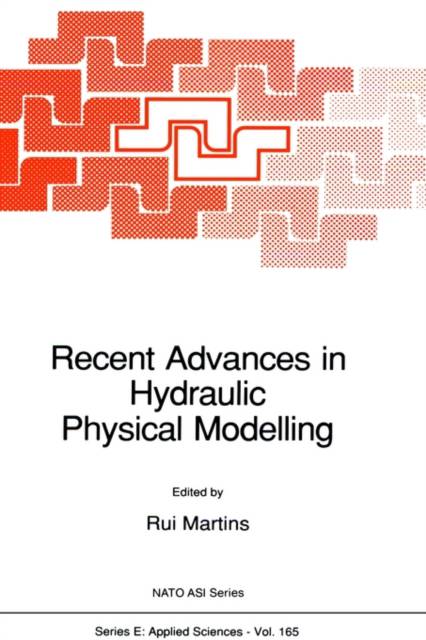
- Afhalen na 1 uur in een winkel met voorraad
- Gratis thuislevering in België vanaf € 30
- Ruim aanbod met 7 miljoen producten
- Afhalen na 1 uur in een winkel met voorraad
- Gratis thuislevering in België vanaf € 30
- Ruim aanbod met 7 miljoen producten
Zoeken
Recent Advances in Hydraulic Physical Modelling
€ 461,95
+ 923 punten
Omschrijving
The growing use of mathematical models in hydraulics has not made physical models obsolete. They keep pace with mathematical models and in some cases make progress in conjunction with them Physical models continue to be developed: more precise use of similitude criteria, better knowledge of scale effects, new and more complex types of model, use of various artifices, more ade- quate instrumentation, automation of the operation of model- all these pOint to that development. What was needed was to make a survey of the situation, and this was the principal aim of the NATO Advanced Study Institute on Recent Advances in Hydraulic Physical Modelling, which took place on the premises of the Laborat6rio Nacional de Engenharia Civil (LNEC) in Lisbon, Portugal, from 4th to 15th July 1988, and of which this book is one of the main outputs. It is divided into 11 chapters, corresponding to 28 lectures that cover five areas: fundamentals of physical modelling, river models, hydraulics of structures, maritime hvdraulics and densi ty models. -- Hodelling is obviously dependent on the knowledge of the phe- nomena that are being modelled. This book is therefore also a book on hydraulic engineering in general and not only on phv- sical, modelling. The text also refers to mathematical modelling, experimental methods in hydraulics and observation of nature and prototypes.
Specificaties
Betrokkenen
- Uitgeverij:
Inhoud
- Aantal bladzijden:
- 627
- Taal:
- Engels
- Reeks:
- Reeksnummer:
- nr. 165
Eigenschappen
- Productcode (EAN):
- 9780792301967
- Verschijningsdatum:
- 30/04/1989
- Uitvoering:
- Hardcover
- Formaat:
- Genaaid
- Afmetingen:
- 160 mm x 247 mm
- Gewicht:
- 1111 g

Alleen bij Standaard Boekhandel
+ 923 punten op je klantenkaart van Standaard Boekhandel
Beoordelingen
We publiceren alleen reviews die voldoen aan de voorwaarden voor reviews. Bekijk onze voorwaarden voor reviews.










